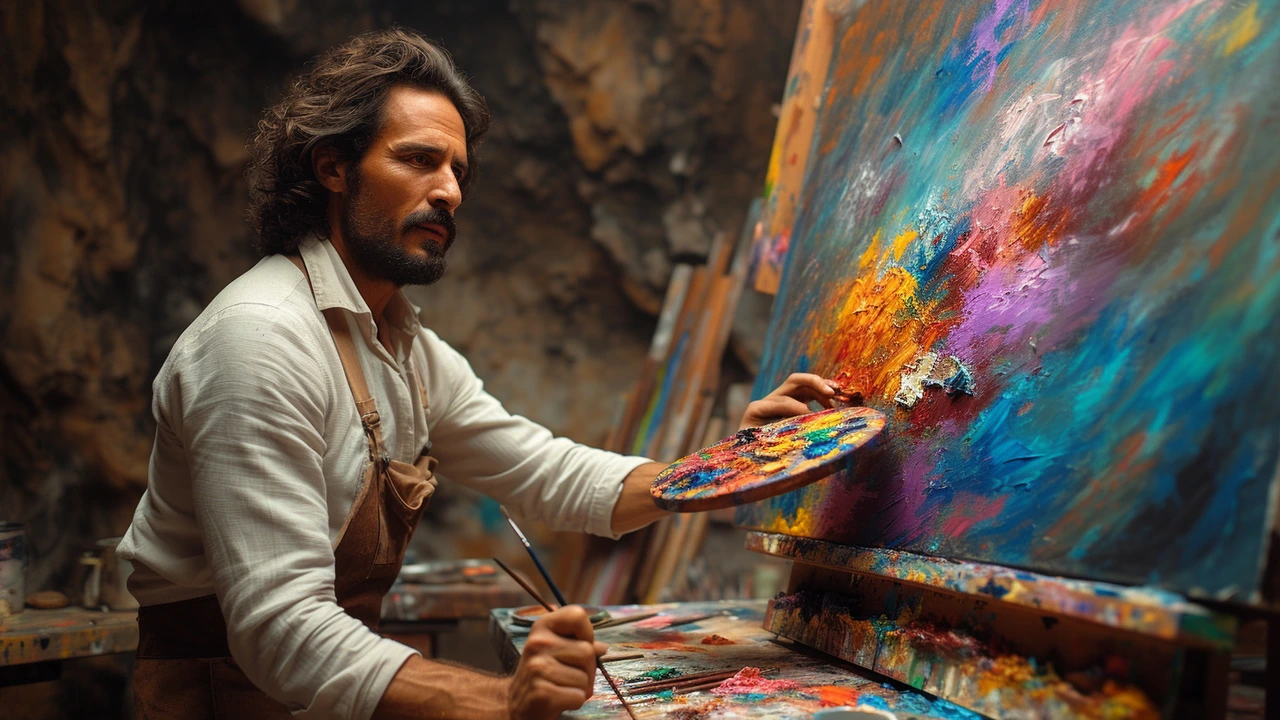Expressionist Artists: Who to Know and How to Spot Their Work
Expressionist artists use color, shape, and brushwork to put feelings front and center. Their paintings often look raw and dramatic because they bend reality to show emotion. If you want to spot, collect, or make expressionist work, focus on mood more than perfect drawing.
Who the key expressionist artists are
Start with Edvard Munch — his The Scream feels like a heartbeat on canvas; it's about fear and loss, not accuracy. From Germany, Ernst Ludwig Kirchner and the group Die Brücke brought rough lines and city scenes that feel urgent. Wassily Kandinsky and Franz Marc from Der Blaue Reiter pushed color and symbol toward spiritual expression. Egon Schiele and Oskar Kokoschka mixed raw bodies and twisted poses to expose inner life. In the 20th century, Abstract Expressionists like Jackson Pollock and Willem de Kooning carried that emotional drive into gestural, large-scale works. Each artist expresses inner states differently, but all prize feeling over polished technique.
How to spot and collect expressionist art
Look for paintings where color screams louder than detail. Faces or figures may be stretched, hands exaggerated, or backgrounds flattened. Brushwork is often visible - thick paint, scratches, and fast strokes are signs. Original works usually have clear provenance: gallery labels, auction records, or exhibition history. If you're buying prints, check edition numbers and the publisher. For originals, ask for condition reports, frame history, and authentication documents. Small galleries and museum shops are good places to find affordable prints and studies by local expressionist-influenced artists.
Want practical tips for making expressionist art? Start with an emotion word - anger, joy, solitude - and limit your palette to two or three colors that match that mood. Use big brushes or a palette knife and work fast. Don't erase errors; let marks build up. Try painting to a short piece of music to keep tempo and feeling. Study a few works closely and copy one small section to learn how brushwork creates intensity.
Where to see expressionist work in real life? Look for museums with modern and early 20th-century collections. Smaller regional museums often show works by lesser-known expressionist artists who can be surprisingly powerful. Online museum collections and high-resolution images let you zoom in on brushwork before you visit or buy.
If you want a next step, pick one artist above and spend an hour with five of their works. Note how color, line, and scale change the mood. That focused study makes spotting expressionist choices easy and helps you trust your eye when buying or making art.
Good books: 'The Story of Modern Art' gives context; 'Expressionism' by Norbert Wolf is a compact guide. Follow museum feeds - Neue Galerie, MoMA, and the Tate often post high-res images and curator notes. For buying, check auction house archives and specialist galleries. Join local art groups or online forums to get feedback on condition and authenticity. A few smart questions to ask sellers: where was the work last shown, and can you share receipts? Today.

